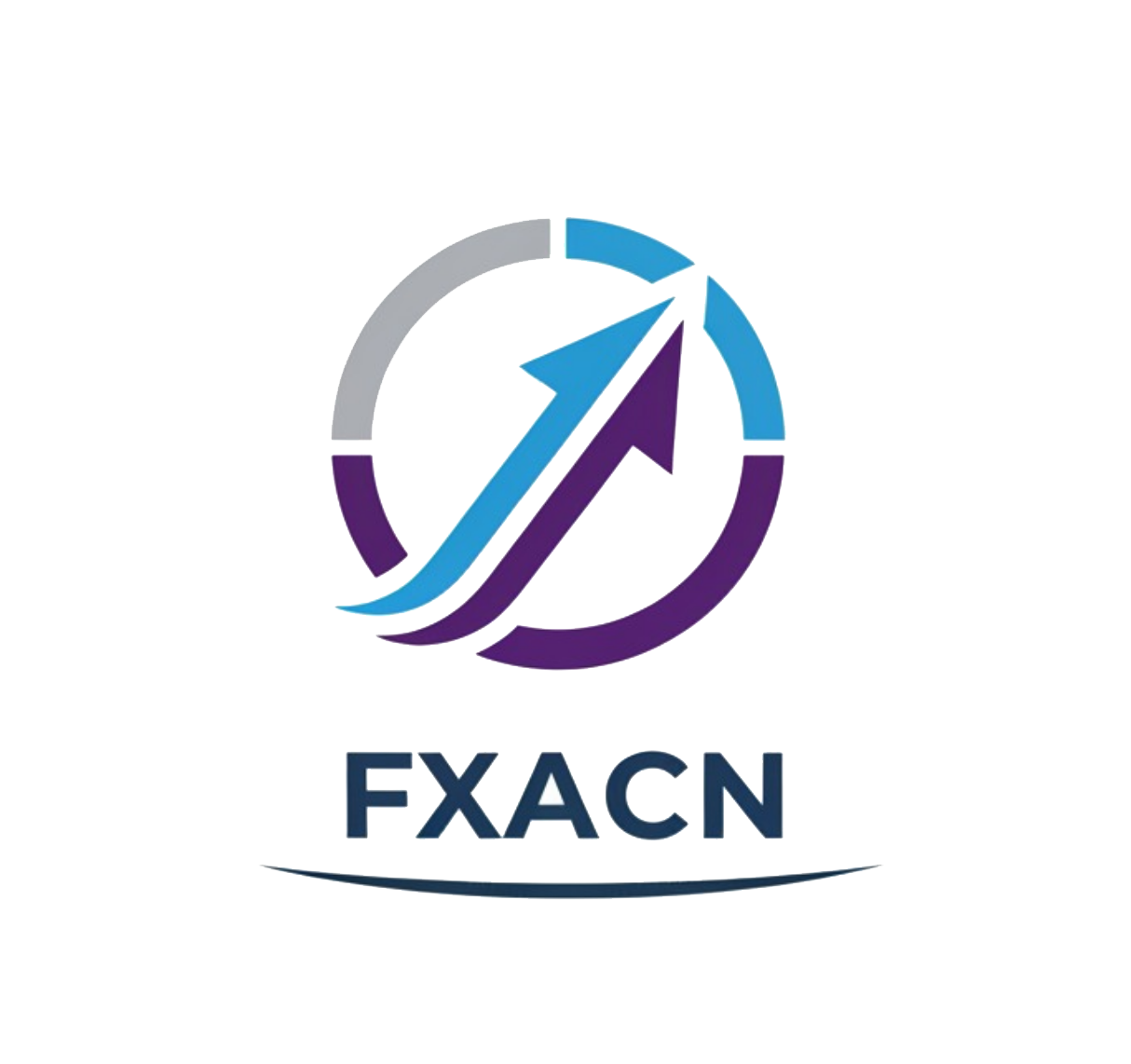Introduction
In the evolving landscape of the forex market, [Broker Name] has carved out a niche for itself, catering to traders seeking diverse opportunities through binary options trading. With its user-friendly platform and a variety of assets, it appeals to both novice and experienced traders alike. However, as binary options trading has increasingly been spotlighted for its associated risks and scams, it becomes critical for traders to carefully evaluate the legitimacy of such brokers. The objective of this analysis is to diligently investigate [Broker Name] in order to determine whether it is indeed a reputable broker or a potential scam. This assessment will utilize a comprehensive framework encompassing regulation, company background, trading conditions, customer experience, platform performance, and an overall risk evaluation.
Regulation and Legitimacy
Understanding the regulatory framework that surrounds binary options trading is crucial for traders looking to ensure their investments’ safety. Regulation serves as a protective barrier that endorses a broker’s legitimacy and adherence to financial laws, which in turn provides traders with greater confidence. [Broker Name] has faced scrutiny regarding its regulatory status, as the binary options industry is predominantly marred by a lack of oversight.
| Regulatory Body | License Number | Jurisdiction | Verification Status |
|---|---|---|---|
| [Insert Regulator] | [Insert Number] | [Insert Jurisdiction] | [Verified/Not Verified] |
In examining the regulatory standards applicable to [Broker Name], it is essential to evaluate the history of compliance and the regulatory body’s authority within the jurisdiction. Established regulatory agencies, such as the FCA and CySEC, impose stringent compliance requirements on brokers, enhancing user safety through measures like segregation of client funds and diligent audits. Conversely, the absence of regulation can often result in traders being exposed to significant risks, including fraudulent practices and potential loss of funds.
Company Background Investigation
Examining the foundational elements of [Broker Name] provides insights into its operational integrity and trustworthiness. Founded in [Insert Year], the company has presumably undergone various stages of growth and development. The ownership structure—whether public, private, or with any partnerships—can provide insights into its accountability and governance.
Management oversight is another critical aspect when evaluating this broker’s reliability. The experience and background of the leadership team present crucial indications of the company’s operational proficiency and commitment to ethical practices. Furthermore, transparency in operations and information disclosure regarding their trading practices can greatly influence client trust. A clear and accessible communication strategy is vital for any trading broker, and it becomes a point of consideration for traders wary of scams.
Trading Conditions Analysis
The essence of any broker lies in its trading conditions, which are pivotal to the success and satisfaction of its clients. When assessing [Broker Name], it’s important to analyze the cost structure and any hidden fees that may affect the trading experience.
| Fee Type | [Broker Name] | Industry Average |
|---|---|---|
| Spread for Major Currency Pairs | [Value] | [Value] |
| Commission Structure | [Value] | [Value] |
| Overnight Interest Rates | [Value] | [Value] |
Typical cost structures in the binary options market can include spreads, commission rates, and overnight fees. An unusually high spread or poorly structured fees can signal potential issues regarding profit margins for traders. Additionally, an opaque fee structure can raise red flags about the broker’s reliability, making it imperative for potential clients to conduct thorough research before engaging in trading activities.
Client Fund Security
The security of client funds stands as a paramount concern for any trading operation. [Broker Name] must show commitment to safeguarding client assets through robust security measures. Proper segregation of client funds and adherence to investor protection schemes are critical elements indicating a broker’s reliability.
Factors like negative balance protection and transparent withdrawal processes further enhance the safety net for traders, safeguarding them from unforeseen financial burdens due to market volatility. It’s essential to observe whether [Broker Name] has faced any historical controversies regarding funds security.
Customer Experience and Complaints
User feedback provides a lens into the real-life experiences of traders with [Broker Name]. While many platforms may market themselves as trustworthy, the actual user experiences reveal more about service quality, customer support, and potential issues.
Common complaint patterns may include payment delays, unresponsive customer service, or withdrawal difficulties. An overview of prevalent complaints can clarify how the broker addresses customer concerns.
| Complaint Type | Severity Level | Company Response |
|---|---|---|
| Payment Delays | High | [Response Quality] |
| Account Verification Issues | Medium | [Response Quality] |
| Withdrawal Denials | High | [Response Quality] |
By investigating a few case studies, one can evaluate how well [Broker Name] responds to and resolves disputes. This real-time insight provides invaluable information about the broker’s commitment to customer satisfaction.
Platform and Execution
Trading performance largely depends on the robustness of the platform and the execution quality. Traders must assess whether [Broker Name] offers a stable trading environment that is free from glitches and downtime.
Indicators such as execution speed, slippage rates, and the occurrence of rejected orders warrant attention. An abrupt increase in slippage or frequent order rejections could indicate platform manipulation.
Risk Assessment
Engaging with [Broker Name] requires a comprehensive understanding of associated risks. A thorough examination of the broker’s safety measures, regulatory compliance, and trading conditions reveals potential areas of vulnerability.
| Risk Category | Risk Level (Low/Medium/High) | Brief Description |
|---|---|---|
| Regulatory Risk | High | Lack of regulatory oversight raises significant concerns. |
| Market Volatility Risk | Medium | High volatility can affect trading outcomes unpredictably. |
| Fund Security Risk | High | Issues surrounding historical fund safety may persist. |
To effectively mitigate these risks, potential traders should only invest funds they can afford to lose, diversify their trading strategies, and leverage demo accounts to refine their skills before committing real money.
Conclusion and Recommendations
After thoroughly examining [Broker Name] through the outlined framework, it is essential to conclude whether it exhibits trustworthy or questionable practices. While the broker presents various enticing features, certain red flags, such as questionable regulatory positioning and client complaints, signify a need for caution.
For potential traders, it is crucial to prioritize working with regulated and well-reviewed brokers. Consider reliable alternatives with proven track records, such as [Alternative Broker 1] or [Alternative Broker 2], which uphold higher standards of regulatory compliance and client security. As the binary options trading landscape continues to evolve, being well-informed can notably diminish risks for traders seeking to navigate this challenging but potentially rewarding field.
In summary, always conduct thorough due diligence and remain vigilant against potential scams when approaching brokers in the binary options market.


